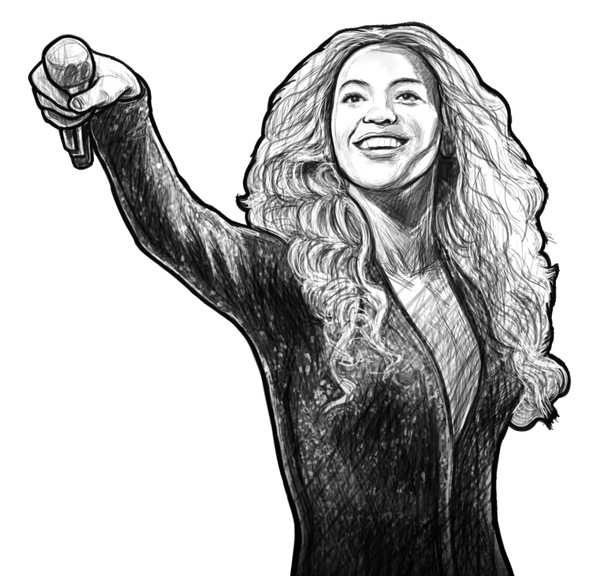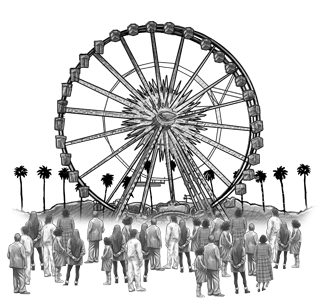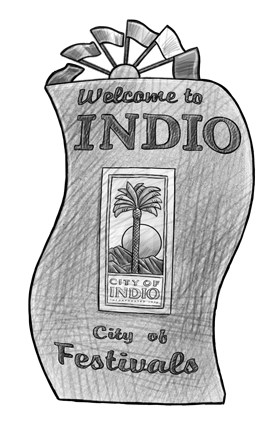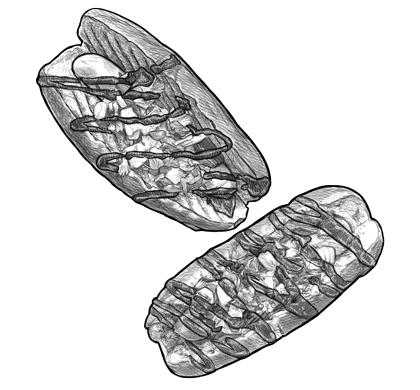Coachella Economy

Hi, The Investor’s Podcast Network Community!
Happy Saturday!
It’s legendary jazz pianist and composer Duke Ellington’s birthday 🎹
His evergreen classics like “It Don’t Mean a Thing (If It Ain’t Got That Swing)” and “In a Mellow Tone” represent just a fraction of the more than 3,000 songs he created.
🎶 Ellington blended various genres such as blues, gospel, and classical, bringing them to the forefront of American culture while paving the way for future musicians.
Today, we’ll be discussing the economics behind Coachella, and more, in just four minutes to read.
— Weronika
Get smarter about valuing businesses in just a few minutes each week.
Get the weekly email that makes understanding intrinsic value
easy and enjoyable, for free.
Coachella
With the glitter no longer sparkling and the beat fading away, it’s clear that another edition of one of the world’s most iconic and financially successful festivals has come to an end.
If you’re not into music, fashion, or oversharing your life on social media, Coachella might not be your cup of tea.
But every year the tickets sell out within a few hours, as the popular festival draws hundreds of thousands of music and art enthusiasts. They come to the desert and spend a few days partying with global music icons, previously including artists like Beyonce, Prince, Amy Winehouse, Lady Gaga, Snoop Dogg and many more.
Despite its humble beginnings in 1993 as a festival piggybacking on a local Pearl Jam concert, Coachella grew exponentially within six years. By its first official festival in 1999, Coachella attracted 25,000 attendees and featured a diverse mix of indie, hip-hop, and electronic music.
By 2003 it featured the Beastie Boys and Red Hot Chili Peppers, transforming the event into an international mega-festival.
In 2017, the festival attracted 250,000 attendees and generated a staggering $114 million profit, becoming the world’s highest-grossing festival.
Although, after that year, Coachella stopped sharing its sales ticket and revenue figures, it has reportedly continued to grow its profit.
The City of Festivals
But it wasn’t always that way. In its early days, Indio, the host city of Coachella and the oldest city of the Coachella Valley, was an agricultural town with a diverse heritage and various cultural influences, from the Cahuilla tribe to Eastern and Midwestern pioneers.
Thirty years ago, it was a modest place with sunny skies and a seasonal population of 40,000.
As Coachella gained popularity, it also spurred economic growth in the Coachella Valley, with Indio becoming the largest and fastest-growing city in the region.
Today, in this Californian city of roughly 100,000 people, it’s festivals that keeps the economic engine purring all year round. Combined with Coachella and other annual events like the Stagecoach country music festival, they attract over 1.4 million visitors annually.
On top of that, thanks to its close proximity to Joshua Tree National Park and Mount San Jacinto, Indio was named the no. 2 emerging destination among “Emerging Travel Destinations in the U.S. and Beyond” by Trivago Magazine.
Economic transformation
Due to its popularity, Indio is now among the 30th fastest-growing U.S. cities.
In 2022, the Coachella Valley Economic Partnership stated that Coachella and Stagecoach, organized by the same producer, generated approximately $704 million in economic activity, including consumer spending, with $106 million in Indio alone.
The primary areas of tourism which keep the wheels spinning for the local community include:
- Accommodation – Local vendors receive economic benefits from thousands of Airbnb stays, primarily in the Coachella Valley and Greater Palm Springs area. The prices could vary per night from $300 at the Days Inn to $3,000 for a private villa.
- Gastronomy – Restaurants and food truck vendors experience a threefold increase in business during festivals as they cater to the needs of over 250,000 seasonal residents who require accessible food several times a day.
- Transportation – Whether it’s Uber, shuttles, or car rentals, it’s another industry that flourishes during festivals in the Valley. Uber gave drivers an extra $40 for every ride they made out of a designated Uber parking lot at the festival.
Final thoughts
Since the city’s gains are closely tied to seasonal tourism, it’s notable that prices for accommodation, food, and transportation can increase by up to 300% during festival activities.
Moreover, Indio plans to diversify its economy by leveraging additional tourism.
The city anticipates 30,000 new residents between 2023 and 2025 and already has over 3,500 housing units in the pipeline. The area boasts impressive commercial construction and business startup figures, and the government hopes to recruit more retailers.
Ultimately, Indio plans to seize the day by building on its reputation as “The City of Festivals,” improving infrastructure and expanding commerces to further boost its tourism industry.
Dive Deeper
To explore the history of the Coachella Valley, read this.
WHAT ELSE WE’RE INTO
📺 WATCH: A documentary: Coachella’s 20 Years in the Desert
👂LISTEN: How to break into Commercial Real Estate by Kevin Clark
📖READ: Netflix to invest $2.5 billion in South Korea
SEE YOU NEXT TIME!
Enjoy reading this newsletter? Forward it to a friend.















